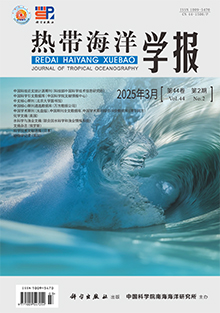An annual panel test on fouling organisms was carried out in the waters off the Bailong Peninsula in the Beibu Gulf from March 2006 to February 2007. The fouling organisms from the wharf and the cultured cages during the same time were also investigated. The biofouling in this area reflected distinct characteristics of subtropical harbors. A total of 82 fouling organism species were recorded, among which Balanus reticulates, Dexiosprira foraminosus, Spirorbis papillatus, Bugula neritina, Membranipora grandicella, Styela canopus, Electra tenella, Perna viridis and Dendostrea crenulifera were dominant species. Bioattachment occurred throughout the year, but the main period of settlement extended from May to October of 2006. The mean biomass of fouling organisms on the monthly, seasonal, and annual test panels were 200.54, 2 550.37 and 15 121.67g•m?2, respectively, in the waters off the Bailong Peninsula, which were lower than those in the waters of the Daya Bay and Zhanjiang Harbor, but higher than those in the waters of the Qinglan Harbor and off the Weizhou Island. The attachments of fouling were greatly different in each tidal zone of the Bailong Wharf, with the dominant species Littorina scabra and Nodilittorina radiate on high tidal zone, Ostrea glomerata, Saccostrea echinata, Saccostrea cucullata and Tetreclita squamosa on middle tidal zone, and algae on low tidal zone. Different suggestions on biocontrol are given in the present study for protecting the artificial structures, mariculture, and estuarine ecology in the Bailong waters.








